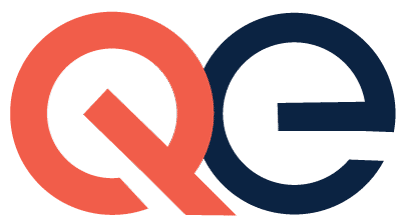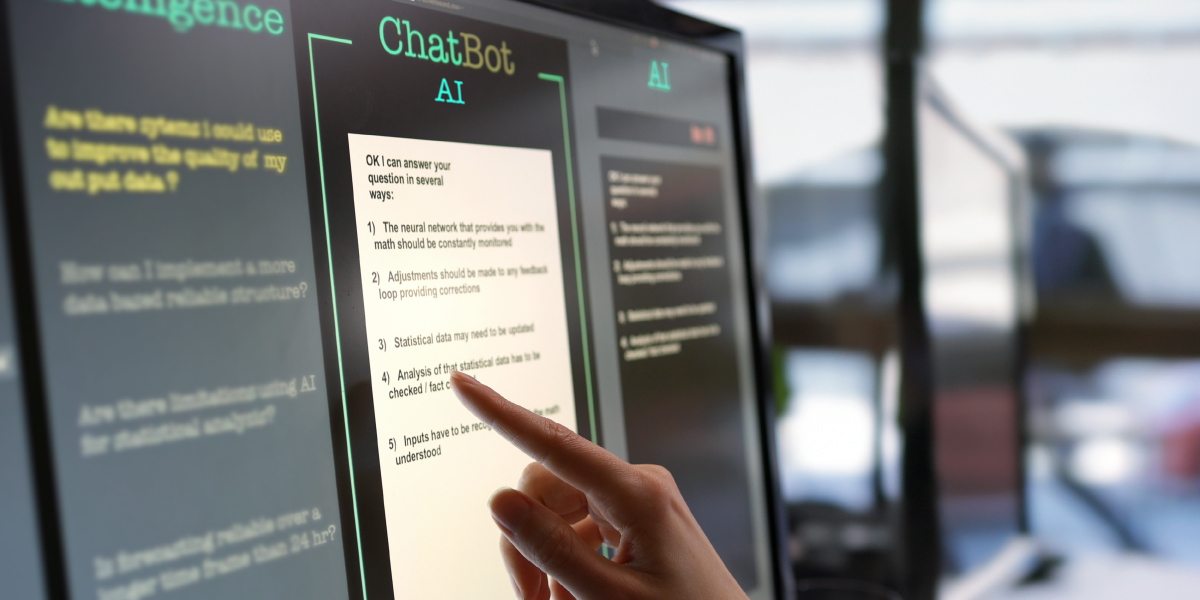Artificial Intelligence (AI) has become an invisible thread woven throughout our lives. From Siri on our phones and Alexa in our homes; to personalized learning in educational settings; to human-like responses to text and voice; to automation in recruiting, hiring, and job processes – AI impacts all aspects of our lives.
AI is the development of machines that can mimic human behaviors such as learning, reasoning, and self-correction.1 Even as it provides opportunities for improving the functional abilities, independence, and overall well-being of people with disabilities2, it also challenges VR professionals to quickly adapt services to support jobseekers to highlight their unique abilities in an increasingly automated world.
Industry experts say that although AI won’t entirely replace humans in the near future, it is transforming jobs as AI becomes more accessible.
Artificial Intelligence and Vocational Rehabilitation
AI is also impacting the field of Vocational Rehabilitation. In Iceland, artificial intelligence software Völvunni was tested, developed, and implemented in the Janus rehabilitation operations.4 Elsewhere, an approach was developed in a VR setting to systematically match the individual needs for AI-based assistive technology support in an organizational context5
It is unknown how AI will ultimately impact employment for people with disabilities and the field of Vocational Rehabilitation. Given existing patterns, experts can suggest trends that could impact employment for people with disabilities:
- The types of jobs that are least likely to be replaced by automation are those involving problem-solving, teamwork, critical thinking, communication, and creativity.
- An increasing demand for technologically skilled workers likely means that proficiency in science, technology, engineering, and mathematics (STEM) could position jobseekers to be competitive in the workforce
- Opportunities for lifelong learning will be central to helping displaced workers find new career pathways. 6
Continued Learning and Adaptation
We invite you to explore the resources below as you continue to learn about AI and adapt to its impact on the field of Vocational Rehabilitation and employment for people with disabilities.
We also invite you to share with your peers your experiences and resources around AI and how it can be used to improve quality employment outcomes for people with disabilities at the end of this article.
Overview of Artifical Intelligence (AI)
Artificial Intelligence and Applications in PM&R |American Journal of Physical Medicine & Rehabilitation.
This article provides a basic overview of artificial intelligence, machine learning categories, common applications in the business sphere, advantages and disadvantages of using this technology, and example applications in rehabilitation and other fields for contextual purposes.
A Blueprint for the Future of AI: 2018-2019 | Brookings
In this series, scholars from across Brookings examine the impact of AI on their field of study. From the risks of K-12 student placement algorithms to geographical disparities in the automation revolution, Brookings scholars unpack the opportunities and unintended consequences of emerging technologies.
Opportunities in Education
How Robots Can Assist Students With Disabilities | The New York Times
New tools use artificial intelligence to assist students with autism and dyslexia and address accessibility for those who are blind or deaf.
Nudge4 | University of Virginia
Nudge4 projects leverage communications technologies like text messaging to effectively reach people, convey timely information, and connect people to individualized assistance.
AI and Employment
AI Isn’t Yet Going to Take Your Job — But You May Have to Work With It | Washington Post
Artificial intelligence is increasingly making its way across industries, changing jobs from retail to medicine to marketing.
Can AI Improve Your Job Search? It Already Has | Forbes
Whether or not AI is your preferred mode of science nonfiction, it is already an invaluable asset for recruiters and job seekers — the secret behind both how jobs find you and how you find jobs.
Meet Tengai, the Job Interview Robot Who Won't Judge You | BBC News
The world's first robot designed to carry out unbiased job interviews is being tested by Swedish recruiters. But can it really do a better job than humans?
How People with Disabilities Are Using AI to Improve Their Lives | PBS
Advances in artificial intelligence have spurred the development of smart devices to help people overcome physical and cognitive challenges.
2023 Workplace Trends | TACQE TA
In 2023, emerging workplace trends include a continued focus on flexibility and autonomy; training and upskilling to address labor shortages; continued expansion of diversity and inclusion efforts; embracing a virtual reality; and responsive retention efforts around compensation and wellbeing.
Algorithms, Artificial Intelligence, and Disability Discrimination in Hiring | ADA.gov
This guidance explains how algorithms and artificial intelligence can lead to disability discrimination in hiring.
Experts Share 6 Positive AI Visions for the Future of Work | World Economic Forum
a series of workshops and interviews, over 150 experts from a wide variety of backgrounds gathered virtually to discuss these challenges, as well as possible positive Artificial Intelligence visions and their implications for policymakers.
Ethics and Technology
Technology and the Future of Work | Factsheets | CIPD
This factsheet describes some of the technologies that are having an impact on the world of work. It looks at the ethical implications of using these technologies in the workplace and considers the role of people professionals in shaping the future of work for humans.
AI and Vocational Rehabilitation
Facilitating the Implementation of AI-Based Assistive Technologies for Persons with Disabilities in Vocational Rehabilitation: A Practical Design Thinking Approach | SpringerLink
This short paper introduces a systematic approach to match the individual needs and organizational context with AI-AT that support working and learning of PWD.
Novel Innovation: Can Artificial Intelligence make Rehabilitation more Efficient? | National Library of Medicine
An innovative project for the development, testing and implementation of the artificial intelligence software Völvunni was implemented in the Janus rehabilitation operations.
Artificial Intelligence and Robotics in Rehabilitation | Handbook of Rehabilitation Psychology
This chapter provides an overview of applications of intelligent technologies in contemporary rehabilitation practice and research. This is followed by a discussion of the broader implications for rehabilitation practice and research.
Resources for Businesses
AI and Disability Inclusion Toolkit | The Partnership on Employment & Accessible Technology (PEAT)
PEAT developed the AI & Disability Inclusion Toolkit to help organizations navigate the potential risks of implementing AI technologies (specifically for people with disabilities), to outline practices to try making AI implementations more equitable, and to help make a business case for Equitable AI to organizational leaders.
Algorithms, Artificial Intelligence, and Disability Discrimination in Hiring | ADA.gov
This guidance explains how algorithms and artificial intelligence can lead to disability discrimination in hiring.
Using AI for Disability Inclusion | Disability:IN
While the vast majority of C-suite executives believe AI is the key to growth, many are unaware that the data used to select qualified employees may not include critical considerations of disability, including physical, cognitive, sensory, visible and invisible.
Citations
- Technology and the Future of Work | Factsheets | CIPD
- Artificial Intelligence and Robotics in Rehabilitation
- AI is Changing Jobs Across Industries. Here's What to Expect. - Washington Post
- Novel Innovation: Can Artificial Intelligence make Rehabilitation more Efficient?
- Facilitating the Implementation of AI-Based Assistive Technologies for Persons with Disabilities in Vocational Rehabilitation: A Practical Design Thinking Approach
- The Role of AI in Education and the Changing US Workforce

